
Professor Khuloud Al-Jamal
Professor of Drug Delivery & Nanomedicine and Head of Medicines Development
Research interests
- Pharmacology
Biography
Professor Khuloud T. Al-Jamal is a Chair of Drug Delivery & Nanomedicine, King’s College London. She is also a registered pharmacist at the General Pharmaceutical Council. She started her academic career as a lecturer at King’s College London in 2011. She completed her pre-registration pharmacy training at The University College London Hospital and was awarded the Overseas Research Award Scheme (ORSA) Scholarship from The University of London (2000-2004) to complete her PhD in Drug Delivery from The School of Pharmacy, University of London (currently known as UCL-School of Pharmacy). She was awarded the prestigious CW Maplethorpe Research and Teaching Postdoctoral Fellowship from The University of London (2005-2007) to explore the use of cationic dendrimers as anti-angiogenic agents for growth inhibition of solid and metastatic tumours. She has developed an extensive experience in designing and developing novel nanoscale delivery systems including dendrimers, liposomes, quantum Dots (QDs), polymers, viral vectors, chemically functionalised carbon nanotubes and graphene oxide. Her current work involves pre-clinical translation of novel nanomaterials designed specifically for drug, protein, nucleic acids and radionuclide delivery for therapeutic or diagnostic applications.
She was awarded and is managing a number of research projects funded by The Royal Society, Worldwide Cancer Research, EPSRC, BBSRC, FP6, FP7 and ITN Marie Curie research programmes. In February 2012, she was awarded the BBSRC New Investigator award exploring the use of chemically functionalised carbon nano-needles as vectors for delivering therapeutics across the BBB. In 2012, she was awarded the prestigious Royal Pharmaceutical Society Science Award in recognition for her outstanding scientific achievements in the field of Nanomedicine. She is a three-time winner of the Wellcome Trust Image Award (2014-2016).
Research
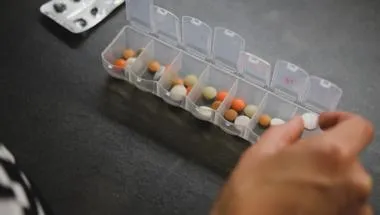
Medicines Development
The Medicines Development Research Group develops novel materials, formulations, drug delivery devices, manufacturing, analytical, and digital technologies.

London Centre for Nanotechnology
The London Centre for Nanotechnology is a UK-based multidisciplinary enterprise operating at the forefront of science and technology. Its purpose is to solve global problems in information processing, healthcare, energy and the environment through the application of nanoscience and nanotechnology.
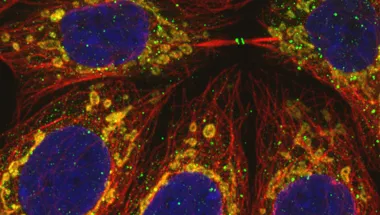
Lipids and Membranes Research Interest Group
A Lipids and Membranes Research Interest Group
News
Tens of millions of nanoneedles could replace painful cancer biopsies
A patch containing tens of millions of microscopic nanoneedles could soon replace traditional biopsies, scientists have found.

Cutting edge technology shows promise in tackling deadly brain tumours
Delivering advanced gene-editing tools directly to the tumour site can improve the body’s defence against glioblastoma, new study finds.

Seed funding awarded to investigate deadly brain tumour treatments
A researcher from King’s has been awarded £150,000 seed funding by The Brain Tumour Charity to investigate new solutions to treating deadly brain tumours.
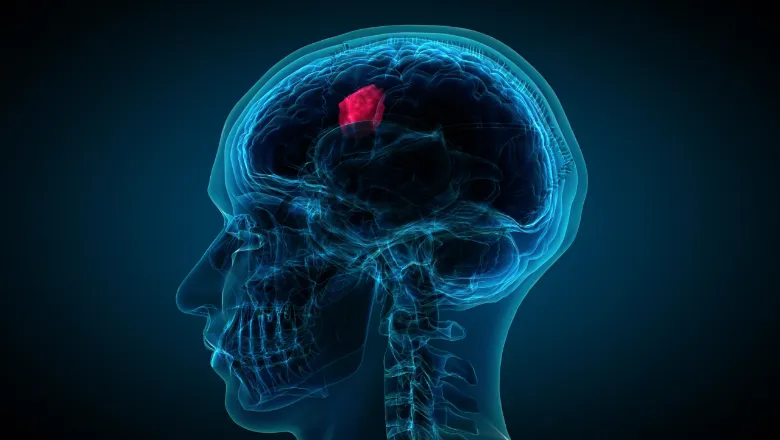
Protein reduces toxicity of drug-delivery material made of graphite
A new publication has discovered improvements that reduce the toxicity of graphene oxide (GO), making it a more viable nanomaterial for delivering medical...

New stem cell-based therapy could treat liver fibrosis
The new study demonstrates how mesenchymal stem cells can protect against, and reverse the damage from, liver fibrosis.

Researchers look at enhancing brain delivery of drugs to treat neurodegenerative diseases
New gel technology achieves enhanced brain delivery of a Parkinson’s Disease drug.

Using extracellular vesicles in the development of cancer therapeutics
A collaboration between the School of Cancer & Pharmaceutical Sciences and pharmaceutical company, AstraZeneca, highlights promising advances in natural drug...
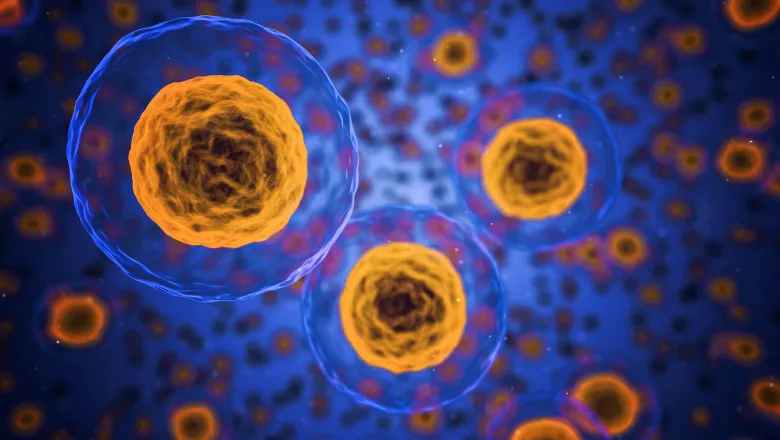
Researchers win grant allowing cross-school collaboration to examine if immunogenic cell death can be exploited in brain cancer
New project aims to develop a new treatment option for brain cancer.
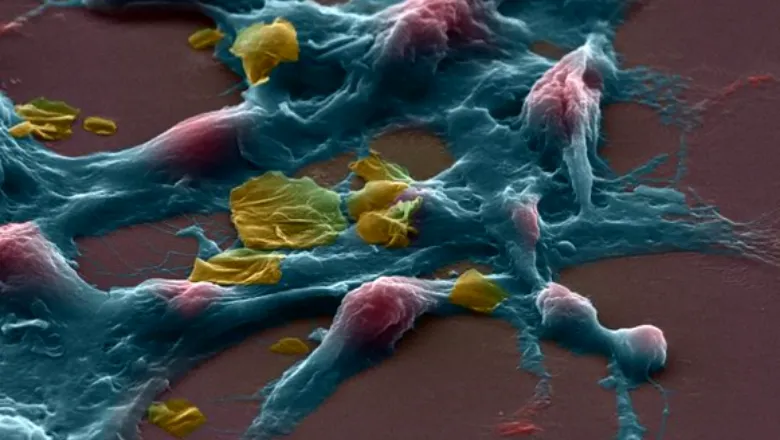
Features
5 minutes with Revadee Liam-Or
Dr Revadee 'Ray' Liam-Or, based in the School of Cancer & Pharmaceutical Sciences, recently completed her PhD and is eager to develop her expertise in the...

5 minutes with Khuloud Al-Jamal
Khuloud Al-Jamal is Professor of Drug Delivery & Nanomedicine and Head of Medicines Development in the School of Cancer & Pharmaceutical Sciences.

Research

Medicines Development
The Medicines Development Research Group develops novel materials, formulations, drug delivery devices, manufacturing, analytical, and digital technologies.

London Centre for Nanotechnology
The London Centre for Nanotechnology is a UK-based multidisciplinary enterprise operating at the forefront of science and technology. Its purpose is to solve global problems in information processing, healthcare, energy and the environment through the application of nanoscience and nanotechnology.

Lipids and Membranes Research Interest Group
A Lipids and Membranes Research Interest Group
News
Tens of millions of nanoneedles could replace painful cancer biopsies
A patch containing tens of millions of microscopic nanoneedles could soon replace traditional biopsies, scientists have found.

Cutting edge technology shows promise in tackling deadly brain tumours
Delivering advanced gene-editing tools directly to the tumour site can improve the body’s defence against glioblastoma, new study finds.

Seed funding awarded to investigate deadly brain tumour treatments
A researcher from King’s has been awarded £150,000 seed funding by The Brain Tumour Charity to investigate new solutions to treating deadly brain tumours.

Protein reduces toxicity of drug-delivery material made of graphite
A new publication has discovered improvements that reduce the toxicity of graphene oxide (GO), making it a more viable nanomaterial for delivering medical...

New stem cell-based therapy could treat liver fibrosis
The new study demonstrates how mesenchymal stem cells can protect against, and reverse the damage from, liver fibrosis.

Researchers look at enhancing brain delivery of drugs to treat neurodegenerative diseases
New gel technology achieves enhanced brain delivery of a Parkinson’s Disease drug.

Using extracellular vesicles in the development of cancer therapeutics
A collaboration between the School of Cancer & Pharmaceutical Sciences and pharmaceutical company, AstraZeneca, highlights promising advances in natural drug...

Researchers win grant allowing cross-school collaboration to examine if immunogenic cell death can be exploited in brain cancer
New project aims to develop a new treatment option for brain cancer.

Features
5 minutes with Revadee Liam-Or
Dr Revadee 'Ray' Liam-Or, based in the School of Cancer & Pharmaceutical Sciences, recently completed her PhD and is eager to develop her expertise in the...

5 minutes with Khuloud Al-Jamal
Khuloud Al-Jamal is Professor of Drug Delivery & Nanomedicine and Head of Medicines Development in the School of Cancer & Pharmaceutical Sciences.

